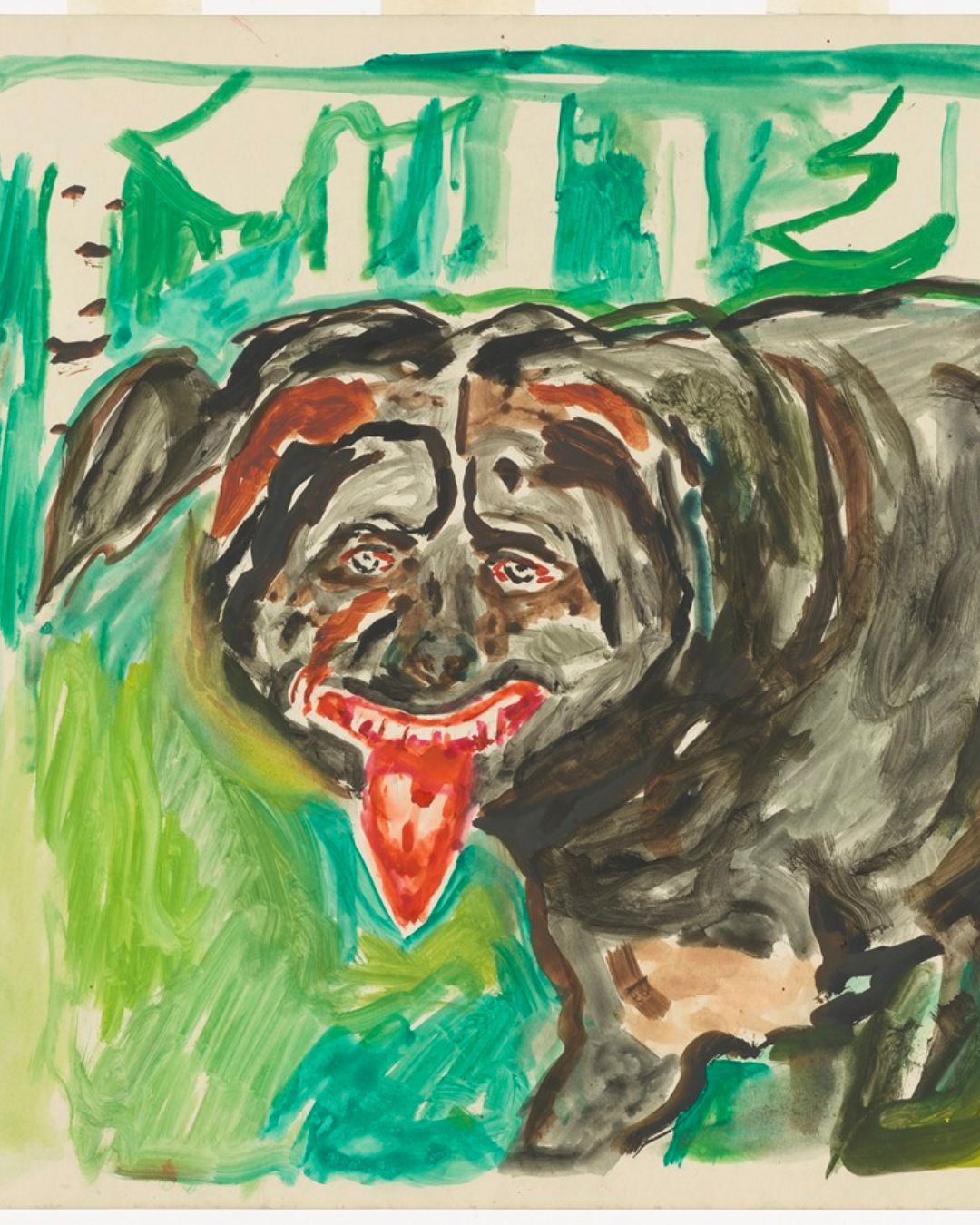In art history, certain names stand as titans, their masterpieces revered and studied for generations. Yet behind every celebrated work lies a trail of experimentation, innovation, and occasionally, missteps. In this editorial, we peel back the layers of genius to reveal moments of vulnerability, controversy, and experimentation. From Magritte to van Gogh, no artist is immune to the occasional stumble on the path to greatness. It’s time to reassess our understanding of these iconic figures and acknowledge the complexities of their journeys.

Vincent van Gogh, ‘Young Man With Cornflower’, Oil on Canvas, 1890. Christie’s.
Regrettably, even the most appreciated artists have their off days, and Vincent van Gogh is no exception. Among his less celebrated works, one stands out: “Young Man With Cornflower,” painted during his time in Auvers-sur-Oise. Van Gogh’s intent was clear—to capture the essence of youth, perhaps a glimpse of the eternal, as he described it. Yet, what emerged from his brush was a figure with green eyes, splotchy cheeks, and exaggerated ears, gripping a cornflower stem between discoloured lips. The disconnect between intention and execution leaves us wondering, what indeed.

Edvard Munch, ‘Angry Dog’, Watercolour, 1938–43. Photo © Munchmuseet.
In Edvard Munch’s expressions of human anguish, “Angry Dog” emerges as an unexpected anomaly. Known for his poignant portrayals of existential dread and inner turmoil, Munch’s depiction of this canine companion seems almost out of character. Yet, behind the creation of “Angry Dog” lies a tale of contentious neighbours and a tempestuous relationship.
Munch found himself entangled in a discordant association with his neighbour’s dog, Rolle, whose ferocious temperament vexed the artist to no end. The result? Several sketches and lithographs that depict Rolle in less than flattering light, showcasing a side of Munch’s artistry that veers towards the whimsical and childlike.
According to accounts from Rolle’s owner, Mr. Gunnerud, the dog’s disposition was a product of neglect from a previous caretaker, resulting in a mistrustful and aggressive demeanour towards Munch, whom Rolle seemed to single out for his ire.
In “Angry Dog,” Munch’s caustic strokes and sombre tones render Rolle as a creature stripped of any semblance of charm or grace, a stark departure from the artist’s usual subjects. Through this portrayal, Munch inadvertently captures not only the canine’s aggressive nature but also the strained dynamic between himself and his four-legged nemesis.

René Magritte, ‘La Famine’, Oil on Canvas, 1948. Centre Pompidou, Paris. Artsy.
In 1948, René Magritte took off on a daring departure from his familiar space of surrealism, venturing into what would be known as his “vache” period. This phase, named after the French word for “cow” but colloquially denoting a heavyset woman or a person of slothful disposition, saw the Belgian surrealist delving into uncharted territories of artistic eccentricity.
Gone were the bowler-hatted gentlemen and the ethereal, moonlit landscapes that defined Magritte’s oeuvre. Instead, viewers were confronted with a series of erratic paintings characterised by peculiar subjects and a striking departure from his usual meticulous brushwork.
Among these works emerged “La Famine,” a piece that stands out as Magritte’s audacious exploration of the absurd. In this canvas, a grotesque chain of cartoonish figures engage in a surreal spectacle of cannibalism, with gnashing teeth tearing into pink flesh and comically protuberant noses. The scene unfolds in a frenzy of human hysteria, a manic tableau that continues to confound and intrigue art historians. Unsettling to say the least.
As we reflect on van Gogh’s green-eyed youth, Munch’s tempestuous relationship with an angry dog, and Magritte’s surreal exploration of human hysteria, we are confronted with the complexities of creative expression and the inherent unpredictability of artistic endeavour. Whether through unintentional missteps, unexpected subjects, or deliberate departures from convention, these artworks invite us to engage with the nuances of artistic vision and the multifaceted nature of the human experience.





